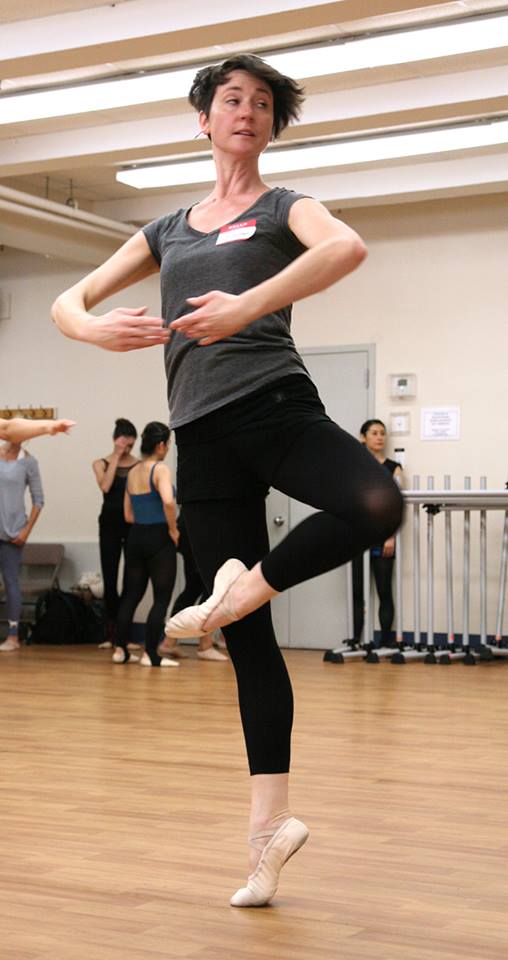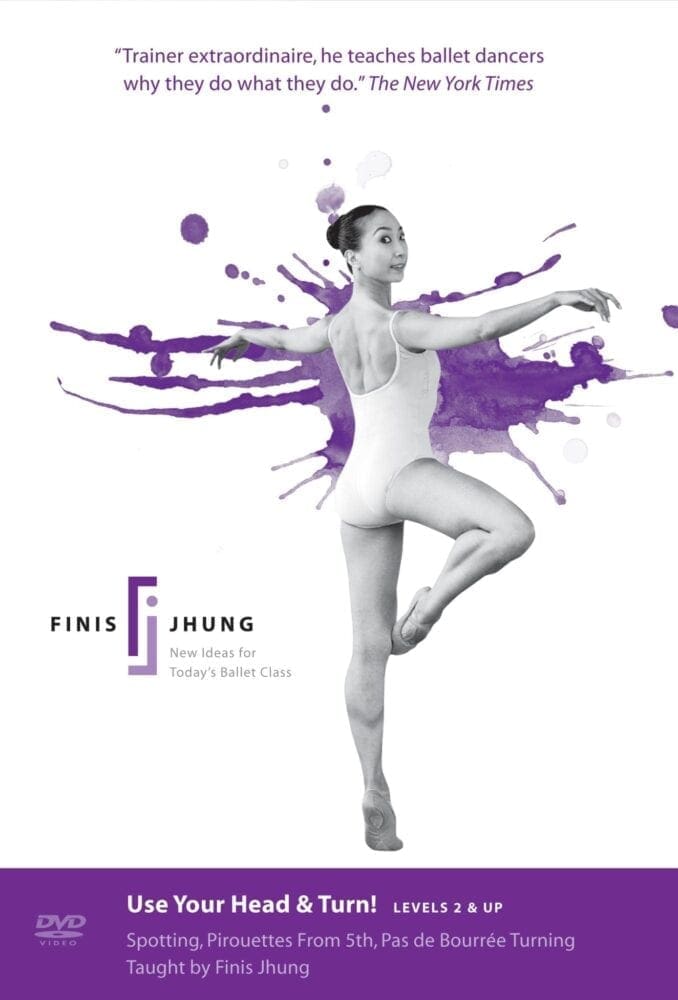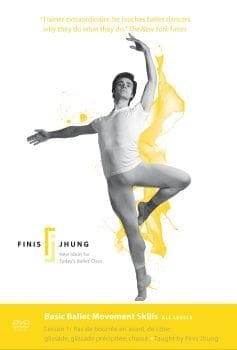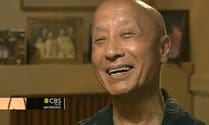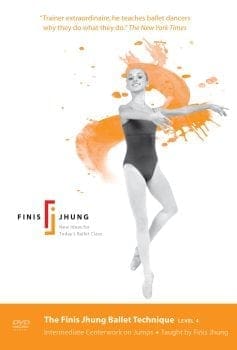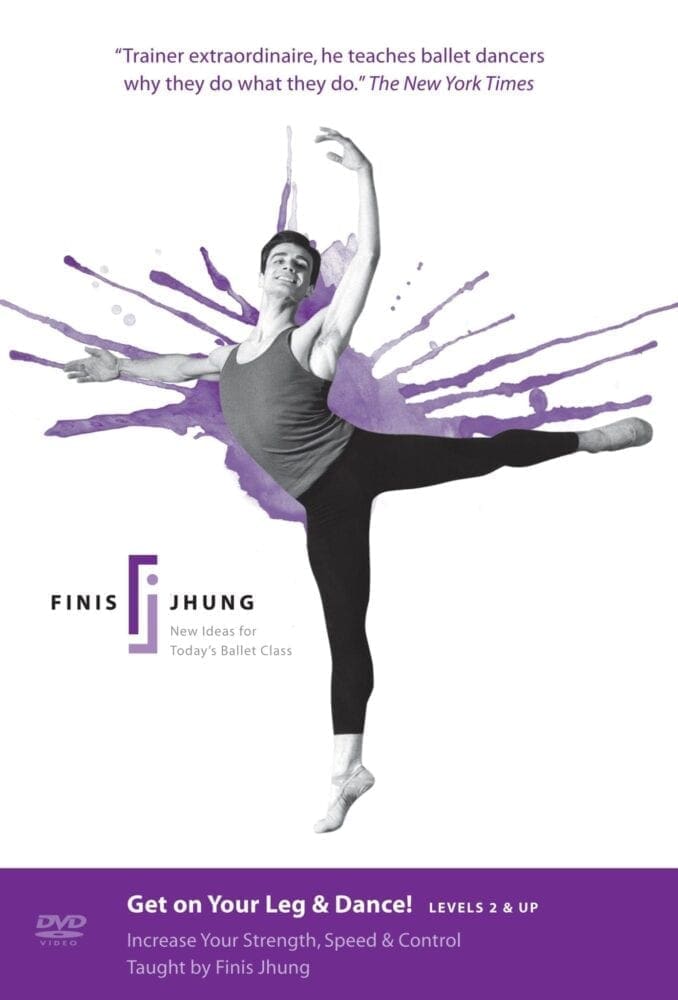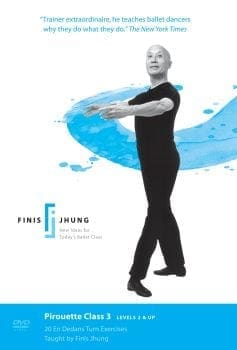Spotting makes the difference: After class today, Ari was practicing her pirouette en dehors with arms fifth high. She could not find her balance. The reason was that she was pulling in her supporting arm in order to turn and did it so quickly with so much force she ending up spinning faster than she could spot and could not control the turns. I told her to slow it down a bit and make each spot separate and distinct. First, plié and push down, then snap your head quickly , which will bring your body around, and then bring the arms into position. At first she didn’t get it, but after a few tries she did exactly as instructed and made a multiple pirouette with four sharply spotted turns. We could see each turn separately—her spotting was that clear and distinct and her balance was perfect. She showed us a series of individual balances: one-one-one-one. After she did it, she was amazed. So were we!
Photo of Belle McDonagh (Elance Adult Ballet School, Victoria, Australia) by Stephen von der Launitz

